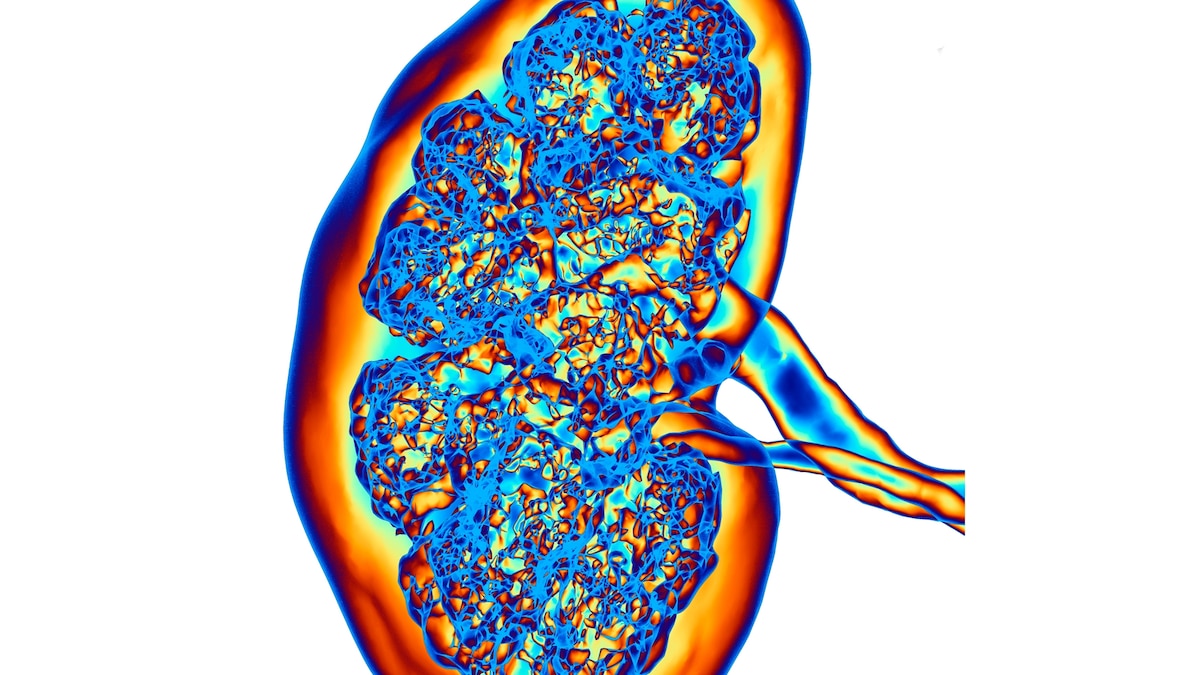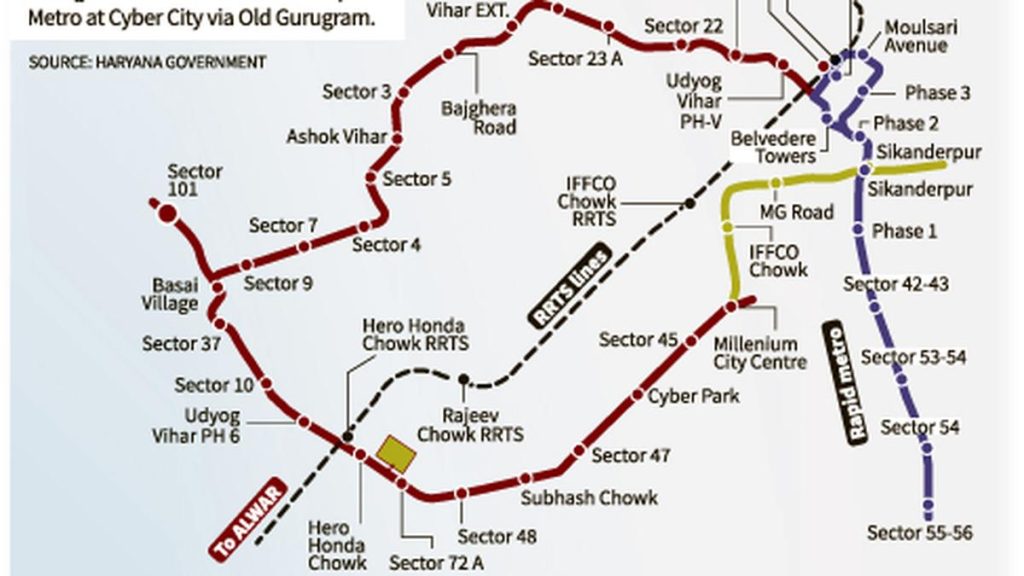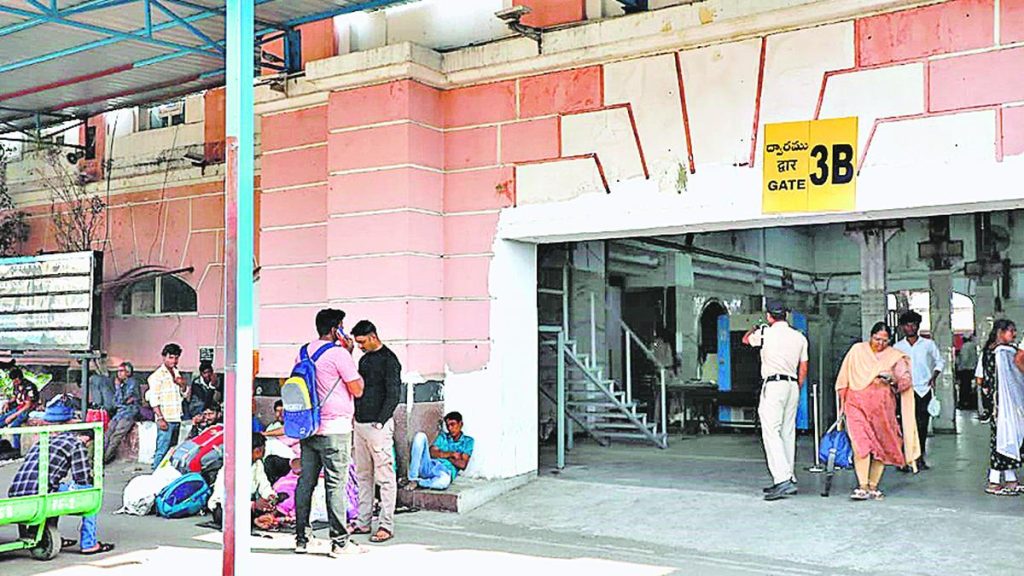Now Reading: Silent Surge: Rising Cases of Chronic Kidney Disease Go Undetected
-
01
Silent Surge: Rising Cases of Chronic Kidney Disease Go Undetected
Silent Surge: Rising Cases of Chronic Kidney Disease Go Undetected

Swift Summary
- At age 37, Alex Simmons, a personal trainer in Philadelphia, was diagnosed with advanced chronic kidney disease (CKD) after experiencing severe symptoms and blood pressure of 260/150.
- An estimated 700 million people worldwide have CKD; in the United States alone, it affects 35.5 million people (15% of the population).
- CKD frequently enough goes undiagnosed until late stages due to the absence of kidney pain or clear early symptoms.
- Primary causes include diabetes, hypertension, obesity, autoimmune diseases like lupus/IgA nephropathy, certain medications (NSAIDs/antacids), environmental factors (pollution), and genetic history.
- CKD prevalence has risen sharply since 1990 due to global increases in chronic conditions and healthcare disparities; concerns are also linked to climate change impacts.
- connection: CKD substantially raises risks for cardiovascular diseases-the leading cause of death globally-due to shared underlying pathophysiologies.
- Diagnostic tests rely on urine albumin levels and blood creatinine levels for early detection.
- recent innovation: New treatments targeting autoimmunity and chronic conditions like type 2 diabetes considerably slow disease progression. Drugs such as GLP-1 receptor agonists (Ozempic/Wegovy) and SGLT2 inhibitors show promising results for preserving kidney function while reducing cardiovascular risks.
Read More: Link
Indian Opinion Analysis
Chronic kidney disease represents an escalating public health challenge globally-and holds critical meaning for India-a country already grappling with high rates of diabetes and hypertension. Poor healthcare infrastructure could exacerbate outcomes here compared to nations with stronger systems. Additionally, environmental factors like air pollution make populations more vulnerable.
The growing link between undiagnosed CKD and heart-related mortality highlights gaps in IndiaS diagnostic capabilities at primary care centers that need addressing urgently. promising new drug therapies show potential but thier affordability may be a concern given India’s socioeconomic realities; equitable healthcare access remains key.Proactive measures-regular screenings through urine/blood tests-could enable earlier interventions especially among risk-prone groups within India’s diverse demographics. Advancements seen globally offer hope not just medically but as models India can adopt or adapt locally based on population requirements.
System-wide efforts incorporating awareness campaigns alongside targeted policy responses are essential now more than ever given correlations between unchecked NCDs affecting large rural bases otherwise missing timely interventions/resources where preventable aspects recognized already! Future outlook=Importance sustained partnerships tackling convergence areas systemic holistic pathways role=set precedent trajectory nqa

























